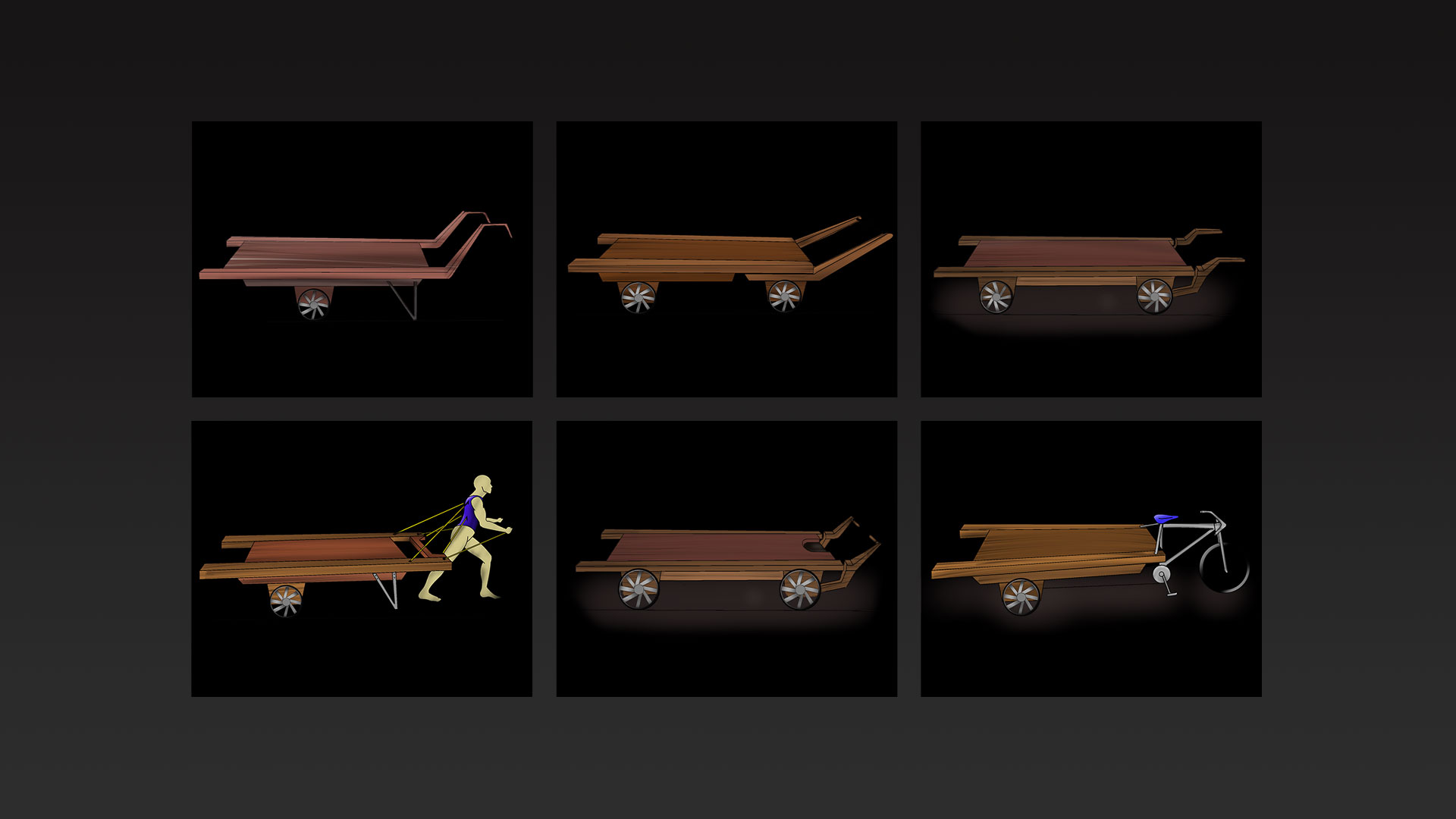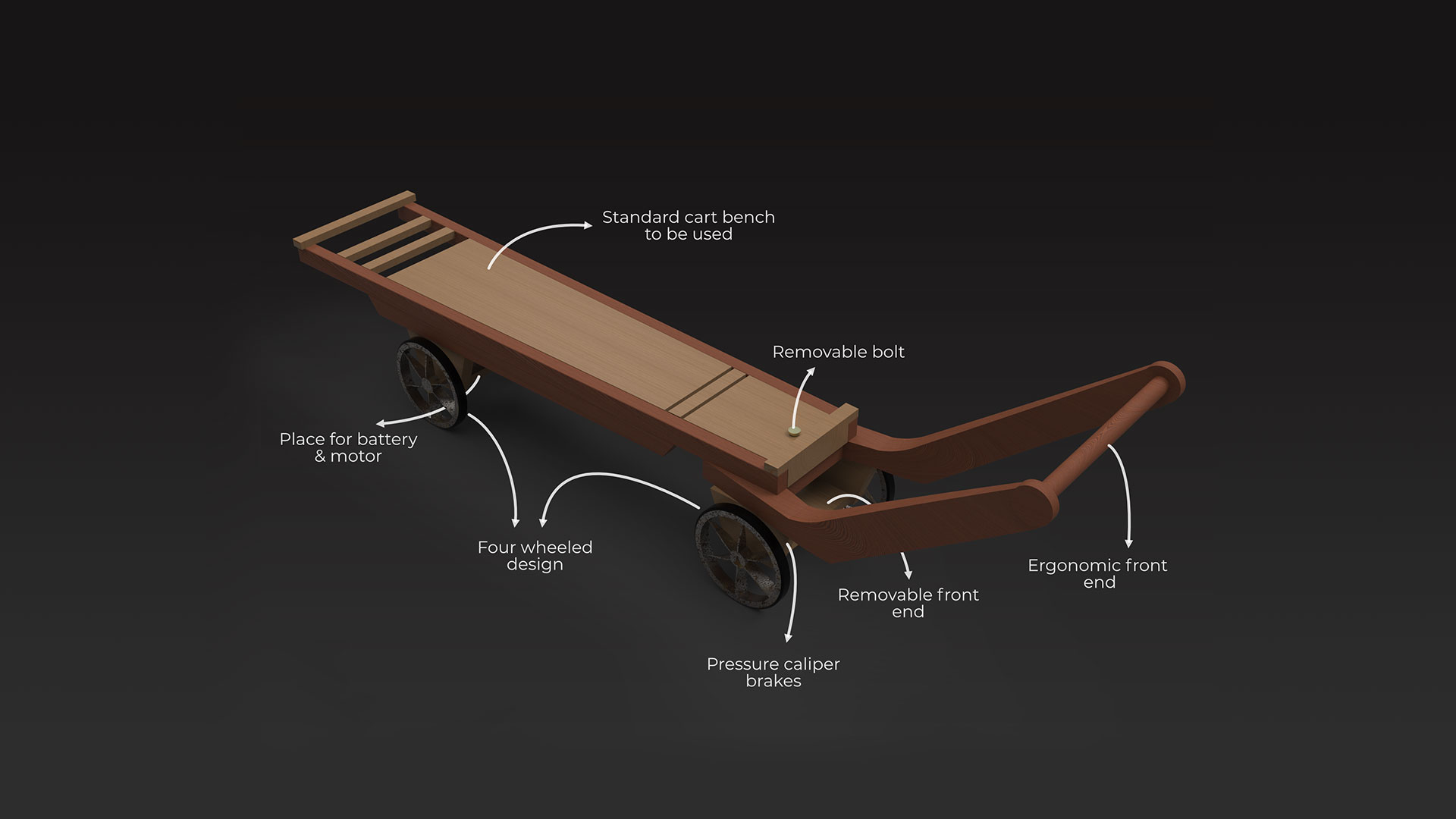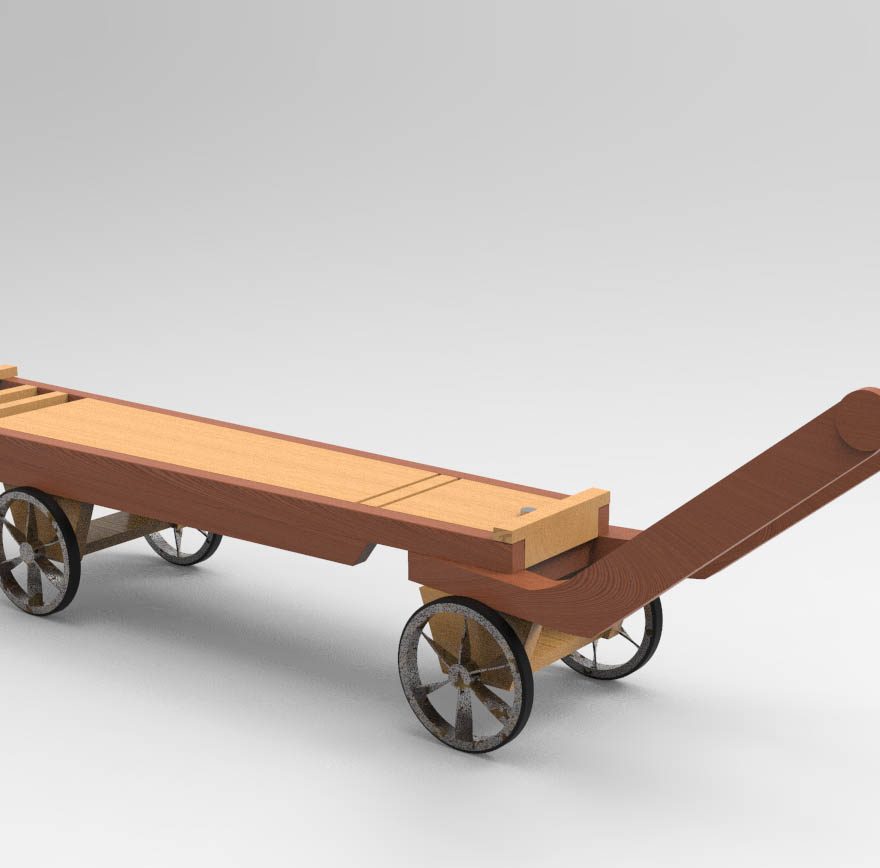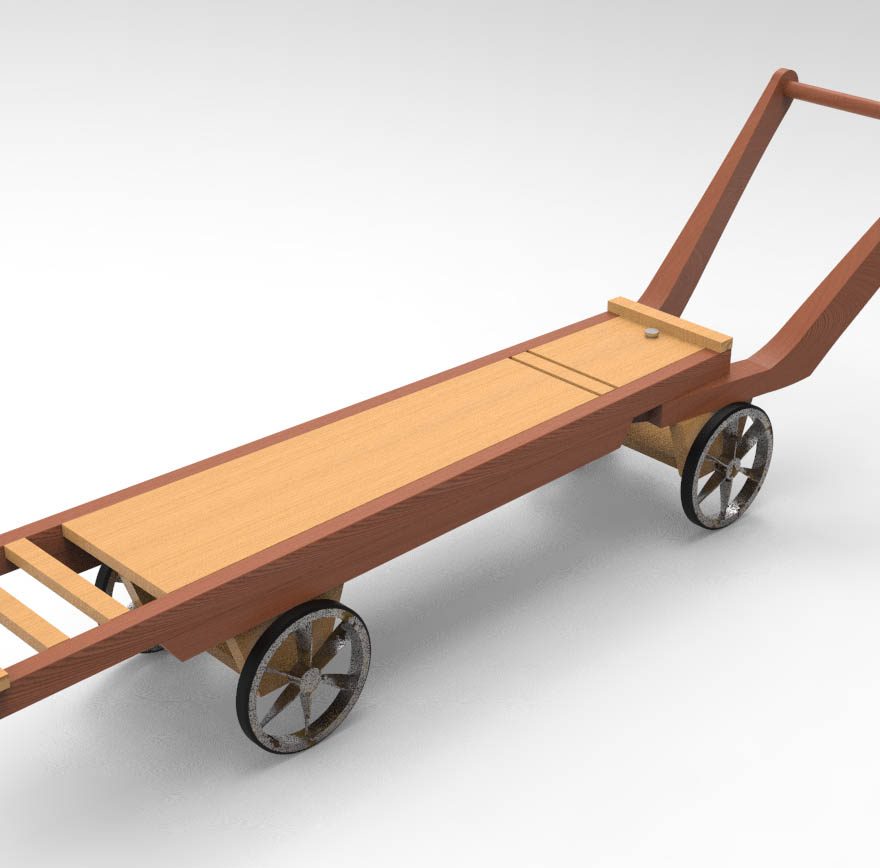Problem Statement
The hand-pulled cart and their pullers are known as “Thella & Thella Walla’s”. They are the backbone of the transportation of goods in the old Delhi area. They go to the places where no motorized vehicle can go and cover 12860 tones/day. This practice has its side effects too, they are unstable, they cause huge traffic jams, pulling 300 kg requires a lot of manual force, and the puller is subjected to various kinds of stresses which results in Work-related musculoskeletal
disorders (WMSD).
To understand this problem and have deeper insights we conducted desk and field research.
Desk Research
The hand-pulled cart or hand cart is a play a vital role in connecting business. The hand cart is one of the most important Non-Motorized Transports (NMT) when compared with animal carts, cycle thela, and head load porters. In the Old Delhi area, it has been seen that 37,425 tonnes of goods are transported between major markets, they are food grains, textiles, automotive parts, hardware material, and electrical materials markets, which results in 160948 tonnes km of movement via the motorized and non-motorized mode of transportation. Now out of 37425 tonnes, 20,659 tonnes are transported via non-motorized vehicles that account for a little over 55%. Out of 55%, 34.4% comes from hand carts which accounts for 12,860 tonnes per day. The hand carts are no doubt plays the role of being one of the most essential parts in transporting goods as they connect shops, warehouses, and transporters. They can do so much because they are narrow in design and they can carry anywhere around 200kg up to a ton, still doing it faster any other mode of transportation. The carts are highly efficient as they can fit in narrow roads, they are non-motorized, consequently, they don’t cause pollution, they also much more economical as compares to their motorized counterparts. (Gupta, 2017)
Field Research
The field research included Questionnaires, interview, activity analysis, hierarchal task analysis, REBA, Nordic Questionnaire, Energy expenditure test.






Research Findings
- The cart needs to be lifted all the time. Lifting and pulling movement is the root cause of Work-related musculoskeletal disorders hence it needs to be eliminated or reduced.
- Handles are small smooth and uneven with no grip whatsoever.
- There are no brakes in the cart therefore the cart puller has to use his own body to stop the cart. This is a dangerous act for the cart puller and the pedestrians.
- As the cart becomes heavy it becomes topple pronely.
- Rapid entire body assessment gave a substantial score of 12 which indicates that working posture needs to be changed urgently.
- Nordic Questionnaires proved that Work-related musculoskeletal disorders are imminent and energy expenditure was also on the higher side of the spectrum.
- Heavy carts need 3 to 4 people to push.
Concept Generation
We generated concepts with the help of quality function deployment and a morphological chart

Selected Concept
Pugh’s concept selection method was used to finalize a concept and the concept was further refined using Indian anthropometric dimensions.

3D Renders



Alpha Prototype
A scale model was developed before making the final prototype.

Beta Prototype
Then final 1:1 scale prototype was made using original material and manufacturing techniques.
Final tests with the new concept proved that over new cart is better than the previous cart.

